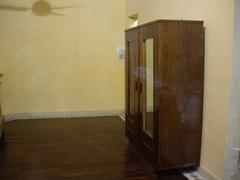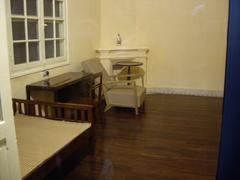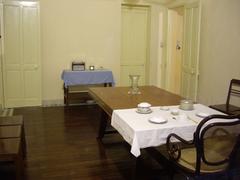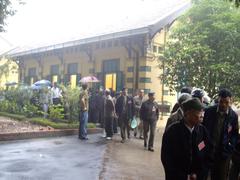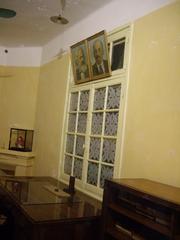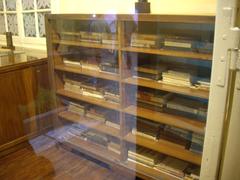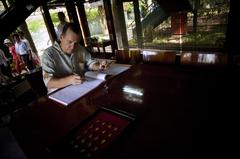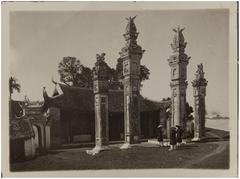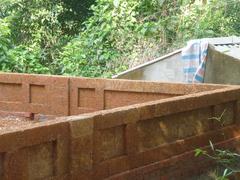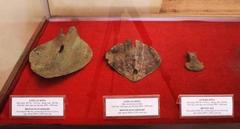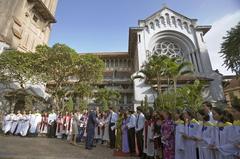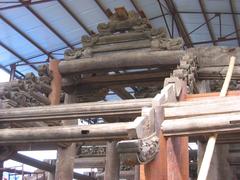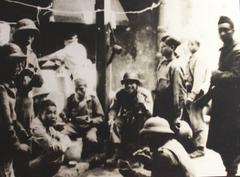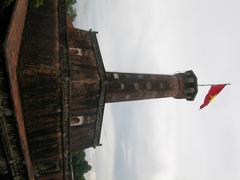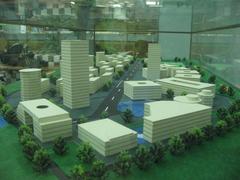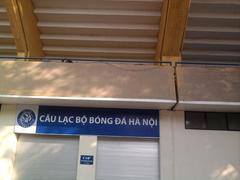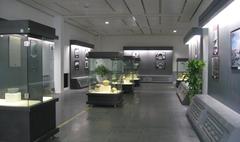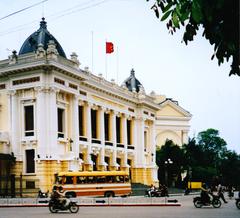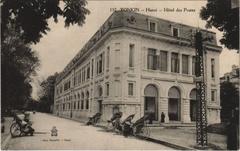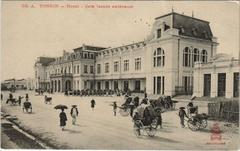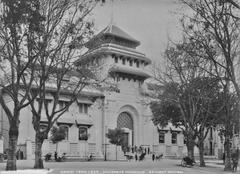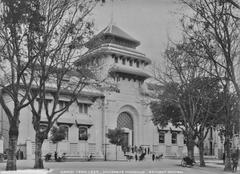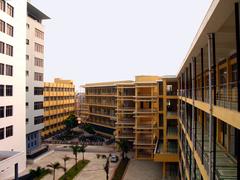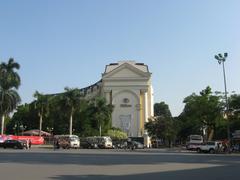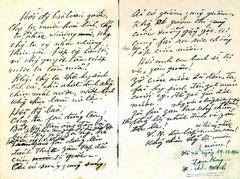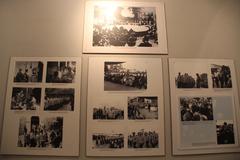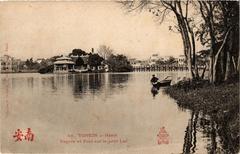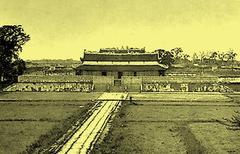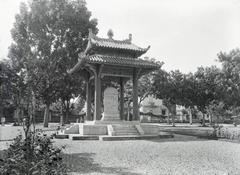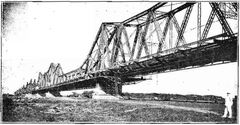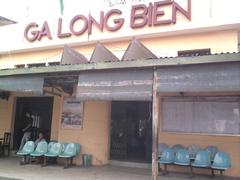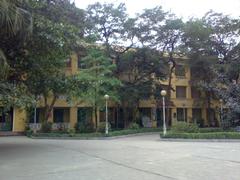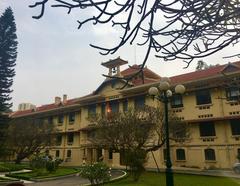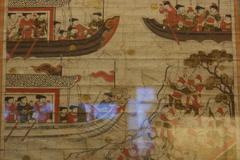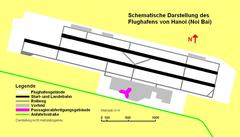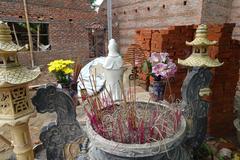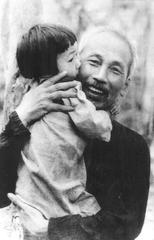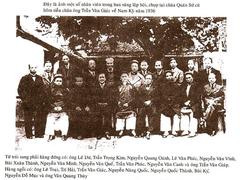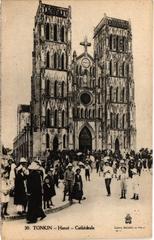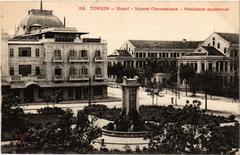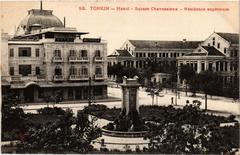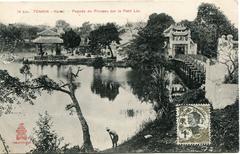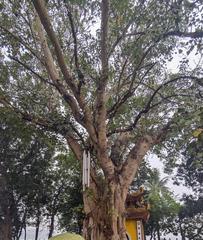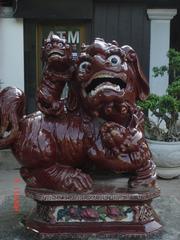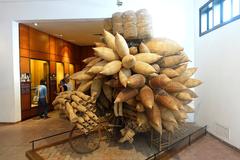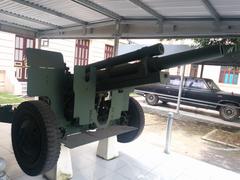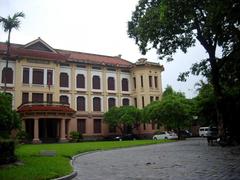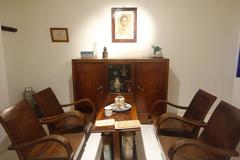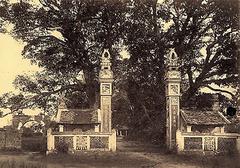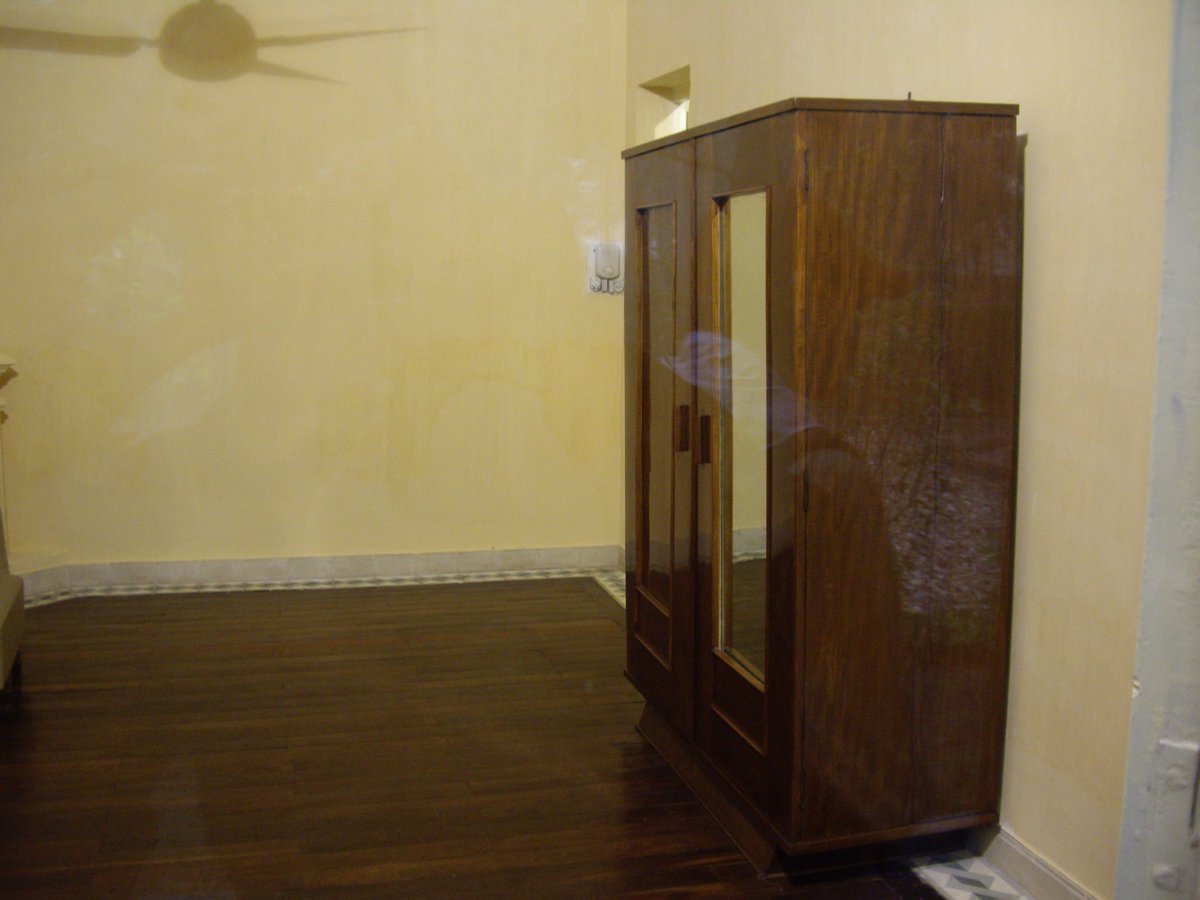
Presidential Palace Hanoi: Visiting Hours, Tickets, and Historical Site Guide
Date: 14/06/2025
Introduction
Nestled in the heart of Hanoi, the Presidential Palace is a striking monument of Vietnam’s rich historical journey and evolving national identity. Built during the French colonial era, this site has been transformed from a symbol of colonial authority into a revered landmark representing Vietnamese sovereignty and the enduring legacy of President Ho Chi Minh. Today, the Presidential Palace Historical Site welcomes visitors eager to explore its architectural grandeur, tranquil gardens, and meaningful historical artifacts. This guide provides essential information on visiting hours, tickets, and travel tips while offering cultural context and historical insights to help you make the most of your experience (Vietnam Discovery; Vietnam Travel).
Table of Contents
- Introduction
- Colonial Origins and Construction
- Vietnamese Sovereignty and Ho Chi Minh’s Stilt House
- Architectural and Cultural Significance
- Key Attractions within the Historical Site
- Visiting Information: Hours, Tickets, and Tours
- Accessibility and Visitor Etiquette
- Travel Tips and Nearby Attractions
- Frequently Asked Questions (FAQs)
- Conclusion and Final Tips
- References
Colonial Origins and Construction
The Presidential Palace was originally constructed between 1900 and 1906 as the residence of the Governor-General of French Indochina. Designed in the Beaux-Arts and neoclassical style by French architect Charles Lichtenfelder (sometimes attributed to Auguste Henri Vildieu), the building features a grand yellow façade, symmetrical layout, ornate staircases, and more than 30 elegantly decorated rooms (Wikipedia). The palace sits amidst expansive, meticulously landscaped gardens, enclosed by wrought iron gates and sentry boxes, emphasizing both its European origins and its status as a seat of power (Vietnam Discovery).
Vietnamese Sovereignty and Ho Chi Minh’s Stilt House
Following Vietnam’s independence in 1945, the palace was renamed and repurposed as the residence and working headquarters for the country’s president. Notably, Ho Chi Minh, the revered revolutionary leader, declined to live in the opulent building, instead choosing a modest stilt house within the palace grounds. This stilt house, inspired by traditional northern Vietnamese architecture, symbolizes Ho Chi Minh’s humility and his solidarity with the Vietnamese people (IDC Travel; VinWonders). The palace continues to serve governmental functions while the surrounding grounds are open to visitors as part of the Ho Chi Minh Mausoleum Complex.
Architectural and Cultural Significance
The Presidential Palace is one of Southeast Asia’s finest examples of French colonial architecture, featuring Renaissance and Beaux-Arts influences, grand staircases, a distinctive yellow façade, and formal gardens (Vietnam Travel). The site’s symbolic transformation—from colonial residence to a national monument—reflects Vietnam’s journey from subjugation to independence.
The gardens, home to over 1,200 plant species, and the carp pond, a favorite spot of Ho Chi Minh, are not only beautiful but also steeped in historical and cultural meaning. The presence of international plant gifts in the gardens further reflects Vietnam’s openness and diplomatic ties (Impress Travel).
Key Attractions within the Historical Site
Presidential Palace Exterior
Although the palace itself is not open to the public due to its ongoing governmental use, visitors can admire its impressive architecture and stately presence. The building’s vibrant yellow color and decorative details make it a highlight for photography (VNITourist).
Ho Chi Minh’s Stilt House
This humble wooden dwelling, where Ho Chi Minh lived and worked from 1958 until his death, is preserved with original furnishings. The stilt house offers insight into the leader’s daily life and personal philosophy, contrasting sharply with the palace’s grandeur (Guide to Hanoi).
House No. 54 and House No. 67
House No. 54 served as Ho Chi Minh’s residence before the stilt house, while House No. 67 functioned as his office and was where he spent his final days. Both are maintained as memorials, featuring personal artifacts and historical exhibits (VNG Tours).
Gardens and Carp Pond
The palace grounds are renowned for their tranquil gardens and large carp pond, where Ho Chi Minh would often feed the fish. The gardens are ideal for peaceful walks and reflection (VNITourist).
Ho Chi Minh Mausoleum Complex
Located within close proximity, the mausoleum complex includes the Ho Chi Minh Mausoleum, Ho Chi Minh Museum, and the One Pillar Pagoda, allowing visitors to explore multiple historically significant sites in one trip (Indochina Travel Packages).
Visiting Information: Hours, Tickets, and Tours
Location: 2 Hung Vuong Street, Ngoc Ha, Ba Dinh District, Hanoi.
Visiting Hours:
- Summer (May–August): 7:30 a.m. – 11:00 a.m. and 2:00 p.m. – 4:00 p.m.
- Winter (December–February): 8:00 a.m. – 11:00 a.m.
- Closed on Mondays and Friday afternoons; hours may vary on holidays and during official events (VNITourist).
Tickets:
- Entry to the gardens, stilt house, and House No. 54 is approximately 40,000 VND (about $1.70 USD).
- Tickets can be purchased on-site; reduced rates may be available for students and children (VNITourist).
Guided Tours:
- Available in multiple languages; highly recommended for historical context.
- Audio guides and printed brochures may be provided.
Best Time to Visit:
- Early morning for cooler temperatures and fewer crowds.
- Combine with nearby attractions for a full day of exploration.
Accessibility and Visitor Etiquette
Accessibility:
- The site has paved paths and ramps for wheelchairs and strollers, though some historic buildings (especially the stilt house) may have steps or uneven surfaces.
- Restrooms and seating areas are available near the entrance.
Visitor Etiquette:
- Dress modestly: cover shoulders and knees.
- Maintain a respectful, quiet demeanor, especially near memorial areas.
- Observe all signs regarding photography restrictions.
- Follow local rituals, such as walking in two lines at the mausoleum, as a sign of respect (Impress Travel).
Travel Tips and Nearby Attractions
- Transportation: Easily accessible by taxi, Grab, public bus, or on foot from the Old Quarter.
- Nearby Sites: Ho Chi Minh Mausoleum, One Pillar Pagoda, Ba Dinh Square, Temple of Literature, and Thang Long Imperial Citadel (IDC Travel).
- Photography: Allowed in the gardens and exterior areas; restricted inside certain buildings. Respect all posted signs.
- Preparation: Bring water, sun protection, and wear comfortable shoes for walking in the gardens.
Frequently Asked Questions (FAQs)
Q: What are the Presidential Palace Hanoi visiting hours?
A: Open from 7:30 a.m. to 11:00 a.m. and 2:00 p.m. to 4:00 p.m. in summer; from 8:00 a.m. to 11:00 a.m. in winter. Closed Mondays and Friday afternoons.
Q: How much are tickets?
A: Tickets cost around 40,000 VND (approx. $1.70 USD) for adults; reduced rates for students and children.
Q: Is the main palace open to the public?
A: No, the palace building is closed due to governmental use. Gardens, stilt house, and Houses 54 and 67 are open to visitors.
Q: Are guided tours available?
A: Yes, in multiple languages, and highly recommended for a comprehensive visit.
Q: Is the site accessible for people with disabilities?
A: The grounds are wheelchair accessible; however, some historic structures may present challenges.
Q: Can I take photos?
A: Yes, in the gardens and outdoor areas; not permitted in some indoor spaces.
Conclusion and Final Tips
The Presidential Palace Historical Site is a must-see for anyone exploring Hanoi’s historical landscape. It beautifully contrasts colonial architecture with Vietnamese values and the legacy of Ho Chi Minh, offering a powerful narrative of resilience, humility, and national pride. With accessible visiting hours, modest ticket prices, and proximity to other key Hanoi attractions, it is an ideal destination for both history enthusiasts and casual travelers. For an enriched experience, combine your visit with a guided tour, adhere to local etiquette, and explore the surrounding landmarks.
For more travel guidance and real-time updates, download the Audiala app and follow us on social media for exclusive tips and historical insights.
